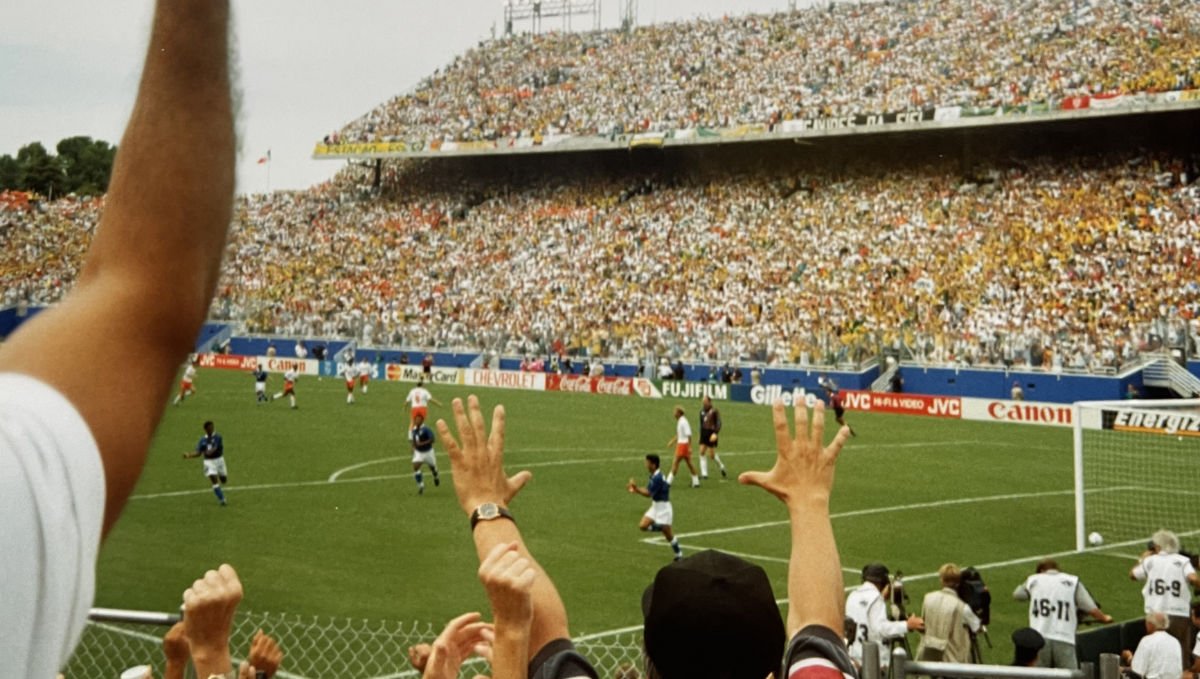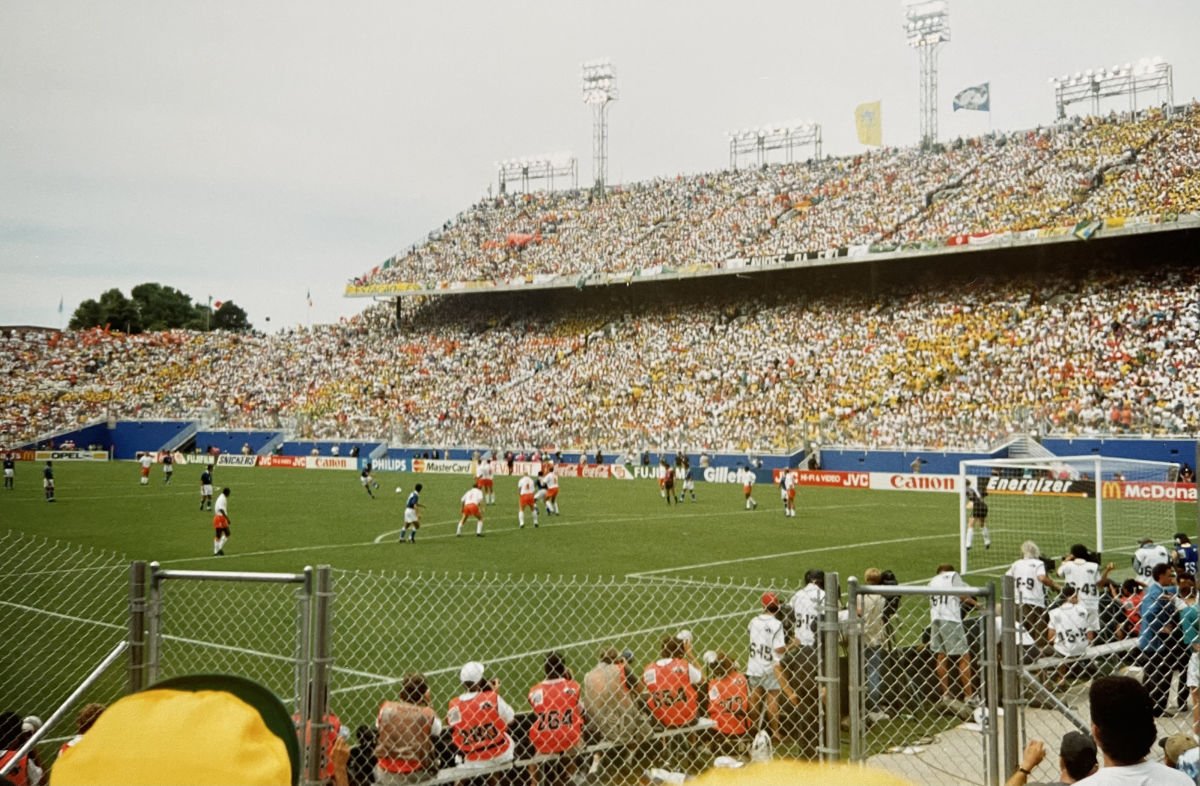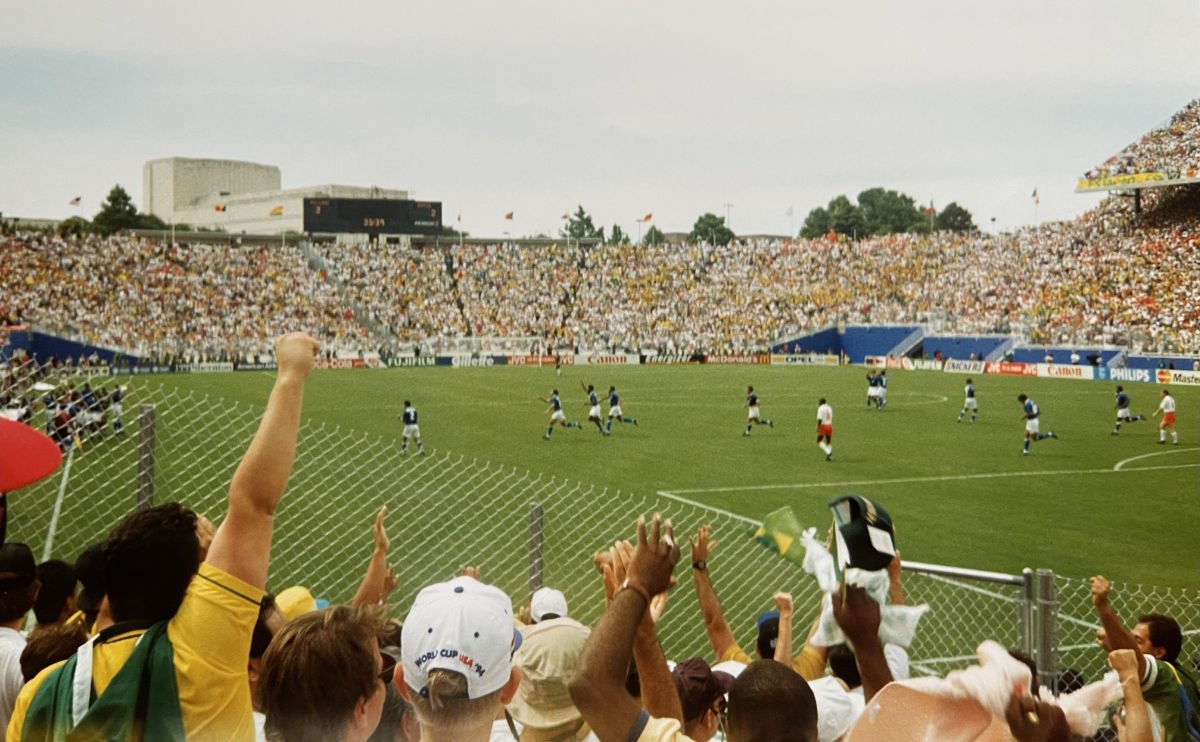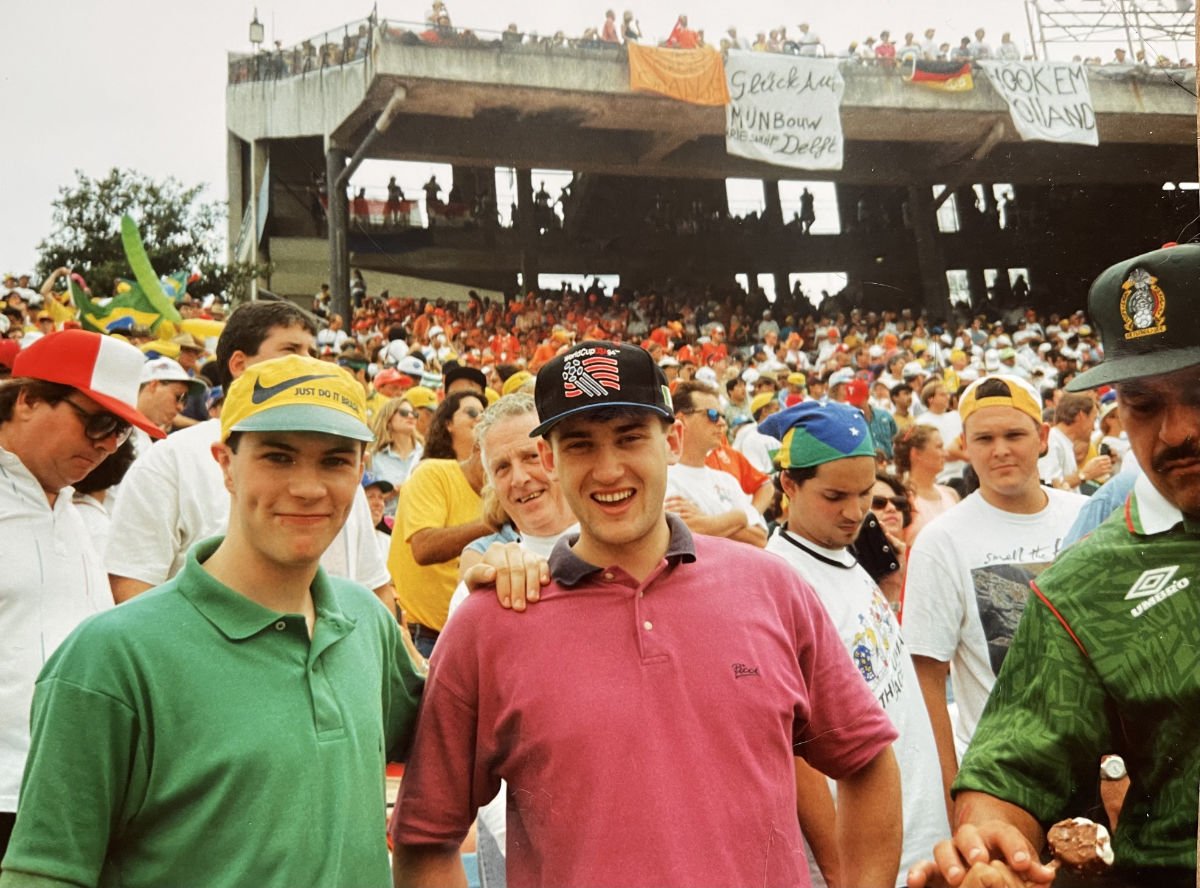From Romário to Ronaldo: A snapshot of futsal’s story
Futsal’s influence on Brazilian football is legendary. The sport known as the ‘laboratory of improvisation’ has fuelled the skillsets of the finest players in history, from Pelé and Rivellino, through Zico and Socrátes and right up to the stars of the 2022 men’s World Cup: Neymar Jnr, Richarlison, Vinicius Jnr and Rodrygo. But it’s two stars from the generation in between who stand out.
Their story is a crucial part of the narrative of the five-a-side game’s huge impact on 11 a side – as well as being a separate professional sport played by an estimated 60 million people worldwide.
To mark the publication of the updated North American edition of Futsal, here’s an EXCLUSIVE extract
KICK-OFF is minutes away. The persistent breeze is no more than a decoy, the steady bluster of warm air proving every bit as deceptive as the artistic magicians about to adorn the glistening green canvas on a searing summer's day in Texas.
Vivid memories of the cooling rain shower outside the Dallas Cotton Bowl an hour ago have long since faded.
Inside the stadium, the temperature is on the rise.
It’s Brazil versus the Netherlands. The samba elegance of Pelé against the totaalvoetbal of Cruyff. Rivellino versus Neeskens. Mário Zagallo versus Rinus Michels. This afternoon, in July 1994, it’s Romario versus Bergkamp. A World Cup quarter-final in front of 63,500 giddy souls, nakedly exposed in the roofless arena, and countless millions glued to televisions around the world.
“There he is,” points Paddy O’Brien. “That’s him…” My friend and fellow street footballing urchin from Liverpool stares excitedly beyond the two starting 11s emerging into the sunshine from the arena’s innards.
It certainly looks like him, trailing along behind, with the substitutes. Ronaldo, we think he’s called. We’ve read the stories, seen the pictures in the papers. He’s the coming man – or gawky teenage boy – of Brazilian soccer.
“There he is ... that’s him!”
In truth, we’d been hoping to see Ireland play Brazil. Our Liverpudlian-Irish roots run deep. But the Dutch made it instead. We’re not complaining. Just desperate to witness the latest Brazilian prodigy take to the immaculate Cotton Bowl turf freshly laid for the first ever Fifa men’s football World Cup staged outside Europe or South America.
Brazil didn’t need him. They triumphed 3-2. Romário stole the show, grabbing the opening goal then later joining Bebeto for the famous baby-cradling celebration in the corner of the ground we were fortunate enough to be applauding.
The tournament climaxed eight days later with Brazil taking a historic fourth title.
Goalscorer Romário in a group hug, while a teenage fenômeno looks on from the substitutes’ bench
But what's all this got to do with futsal?
It’s about the story.
About a time, 1994, and a place – the United States – that capture the essential spirit of this book.
The Ronaldo moment is a personal snapshot.
A time-stamped sporting illustration of many details explored in these chapters: the surging influence on eleven-a-side soccer of futsal, freshly anointed as FIFA’s small-sided game of choice in the early 1990s; the role of Brazil in the evolution of both sports; my reflections as a touring street soccer refugee from Liverpool; and of course, the vast potential for growth of futsal in the US and elsewhere. Then and now.
Not only did Paddy and I watch the peak of one generation of futsal-formed Brazilians, the Romário era, give way to the awkward teenage embodiment of the next.
We also witnessed the second coming of US soccer, a decade after the North American Soccer League’s top-dollar roller-coaster juggernaut – with the likes of Pelé, George Best and Franz Beckenbauer on board – came to a juddering halt.
USA 94 gave birth to Major League Soccer, the league kicking off in 1996 after being a key plank of US Soccer’s World Cup bid.
The US women’s game was already on top of the world, the culmination of a quiet revolution by a charismatic coach called Anson Dorrance.
Born in Mumbai, India, Dorrance led the US national team to glory in the first women’s World Cup in 1991, just six years after combining the role with his day job as resident talent-whisperer for the North Carolina college team, the Tar Heels.
Firing the players’ motivation in what he calls his “competitive cauldron”, Dorrance bred a generation schooled in the arts of high-pressing and robust one-versus-one excellence.
There was more to it though. “I’ve had my players play futsal for ever,” he told soccertoday.com in 2020, citing 1990s stars, such as Mia Hamm and Kristine Lilly, and their 21st-century counterparts Crystal Dunn and Tobin Heath, as players who became “masters of the ball” with the aid of regular jousts in the small-sided game.
Another of Dorrance’s Tar Heels stars, midfielder Allie Long, hails the calmness and creativity honed in futsal as her “secret weapon” in 11-a-side.
It’s the key to the US women maintaining a “dynastic dominance” in global soccer, he insists. And who’s to argue with him?















ENGLAND MEN’S futsal team is back. To mark the historic return, here’s an exclusive extract from Futsal: The Indoor Game Revolutionizing World Soccer focusing on the last time they competed in main round qualifiers